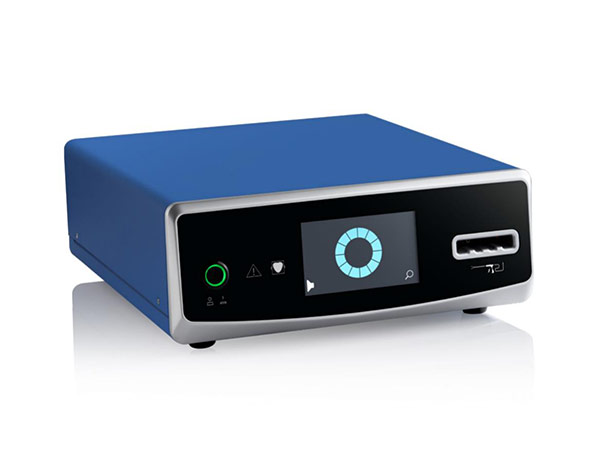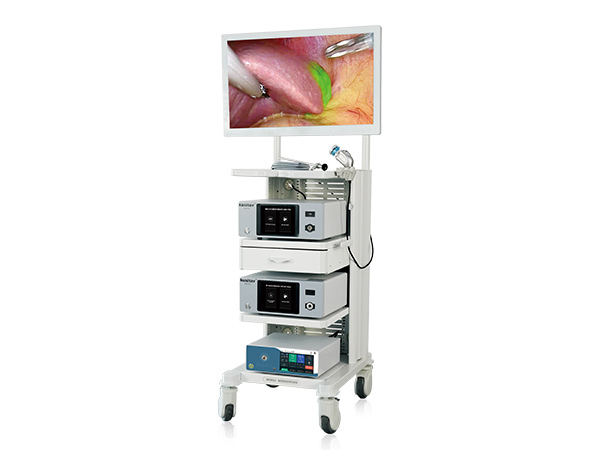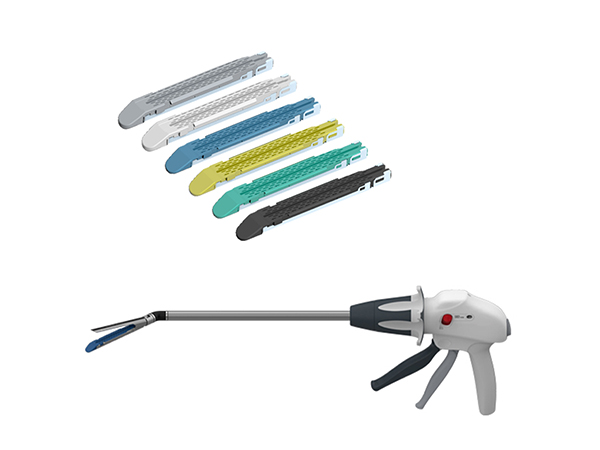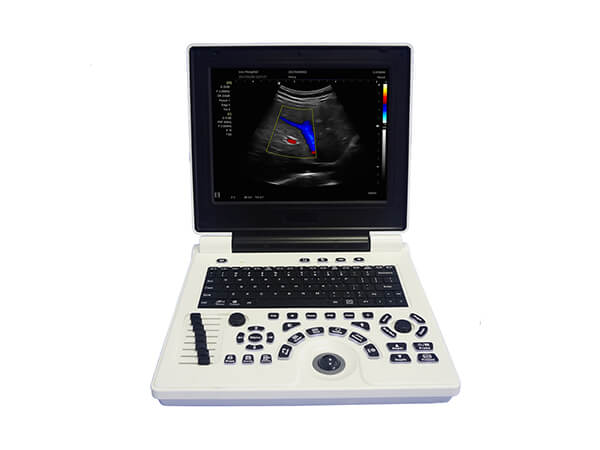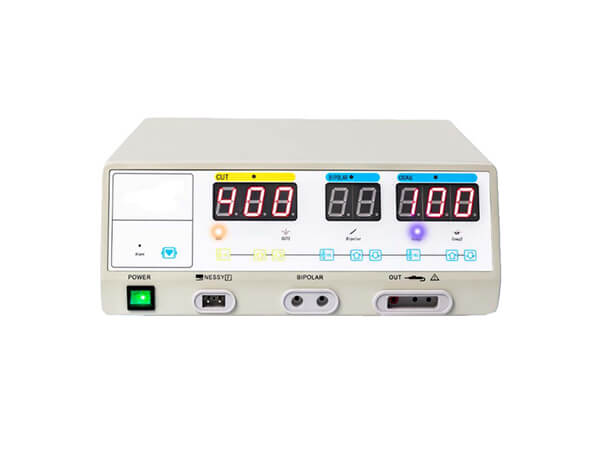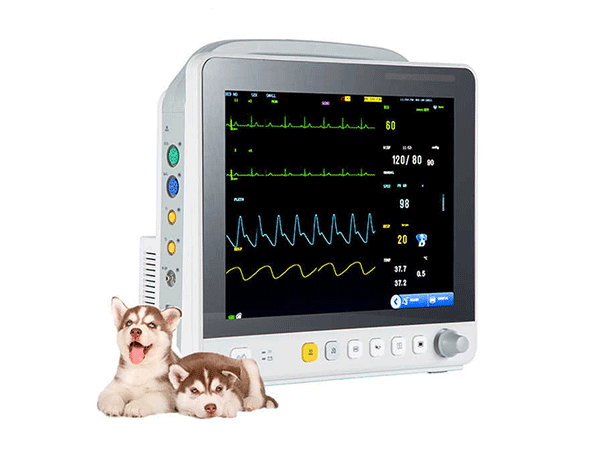The Future of Minimally Invasive Surgery— The Ultrasonic Scalpel-Ligasure Integrated System
In the rapidly evolving field of medical technology, the integration of ultrasonic scalpel and ligasure systems represents a significant advancement in minimally invasive surgery. This innovative combination offers surgeons enhanced precision, efficiency, and versatility in a wide range of surgical procedures. Below, we explore the benefits, applications, and technological underpinnings of this integrated system.
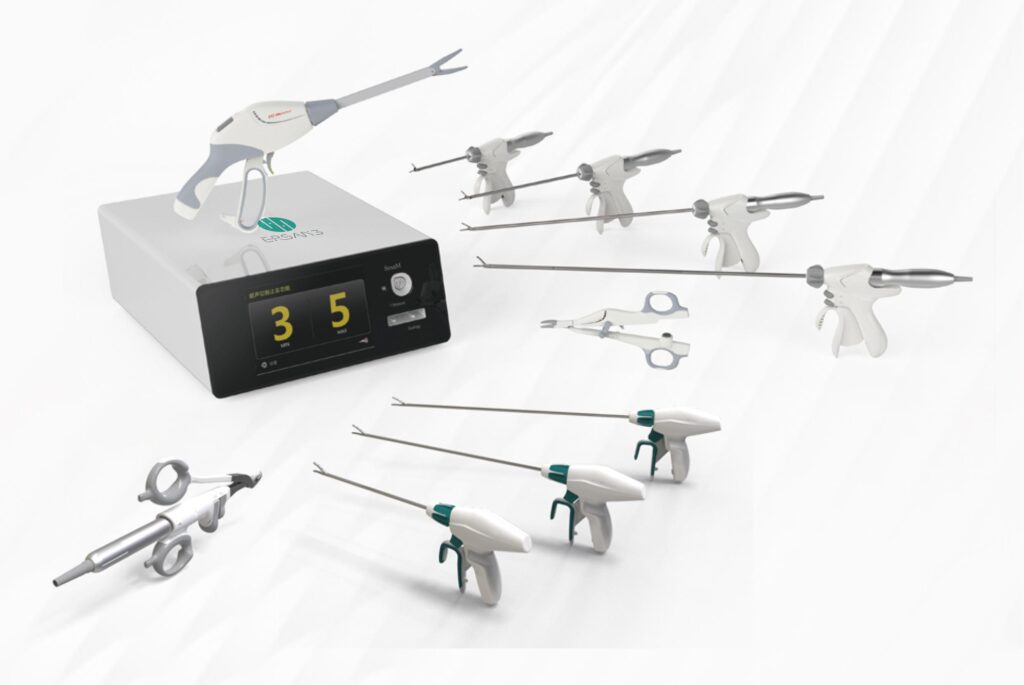
Enhanced Precision and Efficiency in Surgery
The ultrasonic scalpel is renowned for its ability to cut and coagulate tissue simultaneously, reducing blood loss and the need for multiple instruments. Its high-frequency vibrations allow for precise tissue cutting while minimizing thermal damage to surrounding tissues. This precision is particularly valuable in delicate procedures where accuracy is paramount.
The ligasure system, on the other hand, excels in vessel sealing. It uses advanced energy delivery to securely close vessels up to 7mm in diameter, minimizing the risk of complications and ensuring surgical safety. This capability is especially beneficial in procedures where controlling bleeding is critical, such as in general surgery and urology.
Technological Advancements and Design Innovations
The integration of ultrasonic scalpel and ligasure systems marks a significant leap in surgical technology. This innovative design allows surgeons to perform both cutting and vessel sealing using a single device, significantly enhancing operational efficiency. By combining the functionalities of two specialized devices into one, this system not only reduces the need for separate purchases but also optimizes the use of operating room space. The dual functionality of this integrated system offers exceptional cost-effectiveness, making advanced surgical technology more accessible to healthcare providers.

Clinical Applications and Benefits
The ultrasonic scalpel-ligasure integrated system is suitable for a variety of surgical specialties, including general surgery, gynecology, urology, and thoracic surgery. Its ability to seal vessels up to 7 mm in diameter makes it particularly useful in procedures requiring precise hemostasis, such as thyroidectomy and prostatectomy. Clinical studies have shown that this system produces lower tissue temperatures and less thermal damage compared to traditional electrocautery methods, which is critical when working near delicate structures like nerves.
The ultrasonic scalpel-ligasure integrated system represents a significant leap forward in surgical technology. By combining the precision of ultrasonic cutting with the reliability of vessel sealing, this system offers enhanced surgical outcomes and patient safety. As medical technology continues to evolve, the integration of such advanced systems will play a crucial role in shaping the future of minimally invasive surgery.


